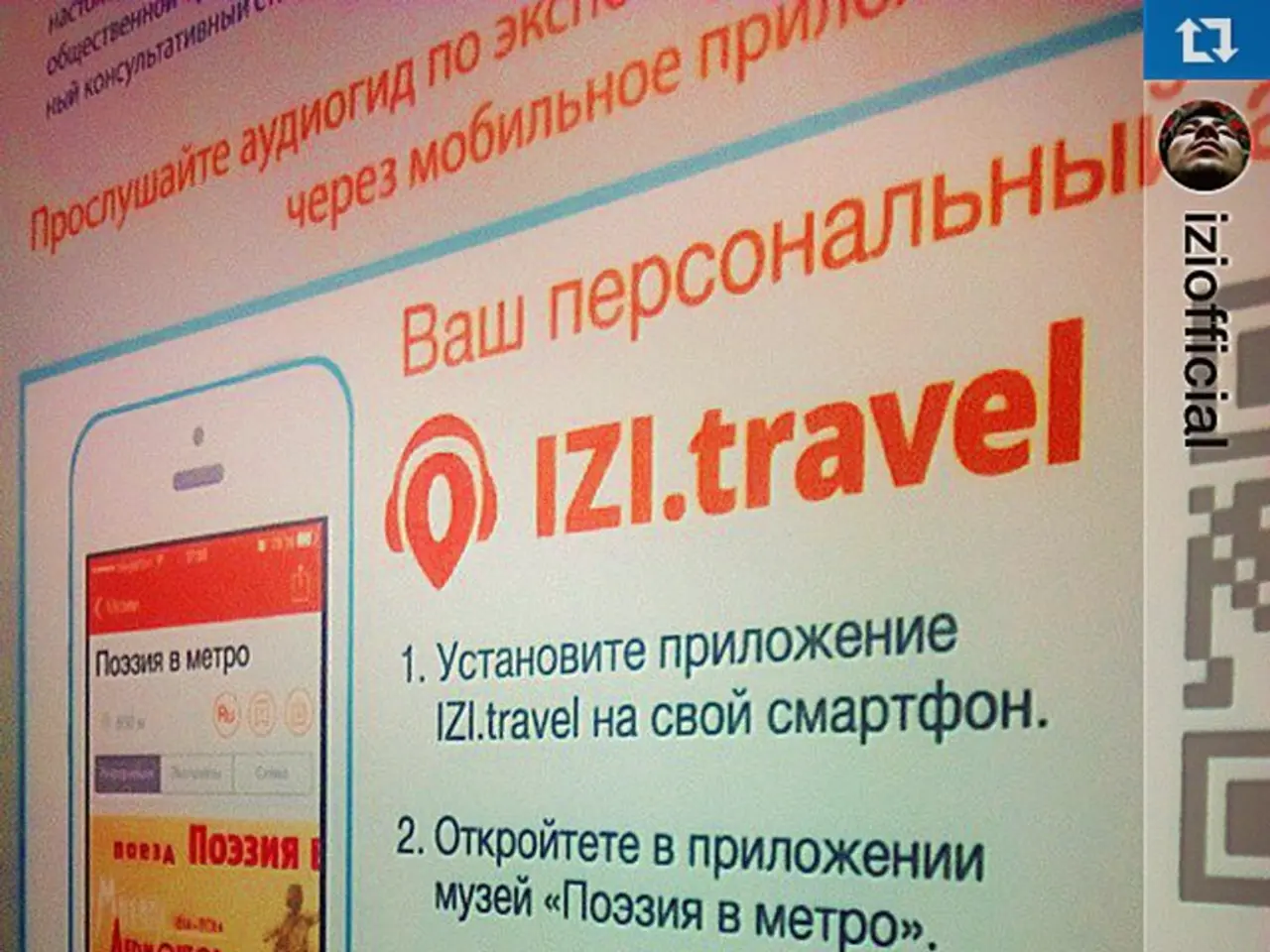Block out incoming caller ID information
In a recent development, a new form of fraud is spreading on social media platforms, disguised as an innocent request to screenshot an incoming call number. This scam aims to exploit the trust and information visible on your phone screen to gain unauthorized access to your accounts and personal data, leading to potentially severe security and privacy consequences.
The scam involves a robot call for verification, followed by a request to enter the last four digits of the incoming number as a verification code. Scammers are employing increasingly sophisticated methods, often not asking for anything obvious like money or passwords.
By sending a screenshot of such a number, you're essentially handing over the key to your accounts. This sensitive information can be used to impersonate trusted contacts or to conduct further phishing or vishing attacks.
Potential consequences for account security and personal data include information theft, account compromise, phishing and malware distribution, and broader identity theft risks. Screenshots of incoming calls may reveal phone numbers, caller ID details, or other sensitive data that scammers use to their advantage.
Laura Daulétova, an IT specialist with three years of experience in the information technology sector, warns users to be cautious when receiving requests to screenshot incoming call numbers on social media. She advises against sending such screenshots to strangers and to enable two-factor authentication on all important services, choosing app-based generators over SMS if possible.
Authorities recommend never sharing screenshots of calls, never entering personal or financial data based on unsolicited calls, and being cautious of any request that creates urgency or fear to manipulate victims into quick action. Legitimate companies and government agencies do not request sensitive information via unsolicited calls or texts.
To avoid falling victim to such scams, users are encouraged to be skeptical of strange requests in messengers and social networks, especially from strangers or barely acquainted people. Warn elderly relatives who might find it harder to recognize scammers. Even seemingly insignificant information can be used for hacking or sold in databases.
It is crucial to stay vigilant and protect your personal information in this digital age. By following these safety tips, you can help safeguard your accounts and maintain your privacy.
- The new social media scam, disguised as an innocent request to screenshot an incoming call number, can lead to unauthorized access to your accounts and personal data, demonstrating the importance of cybersecurity education and self-development in the technology era for personal growth.
- In an effort to protect your accounts from phishing and malware distribution, information theft, account compromise, and broader identity theft risks, Laura Daulétova, an IT specialist, advises users to enable two-factor authentication on all important services, choose app-based generators over SMS, and be cautious of strange requests in messengers and social networks, emphasizing the significance of cybersecurity in education-and-self-development and personal-growth in the digital age.




